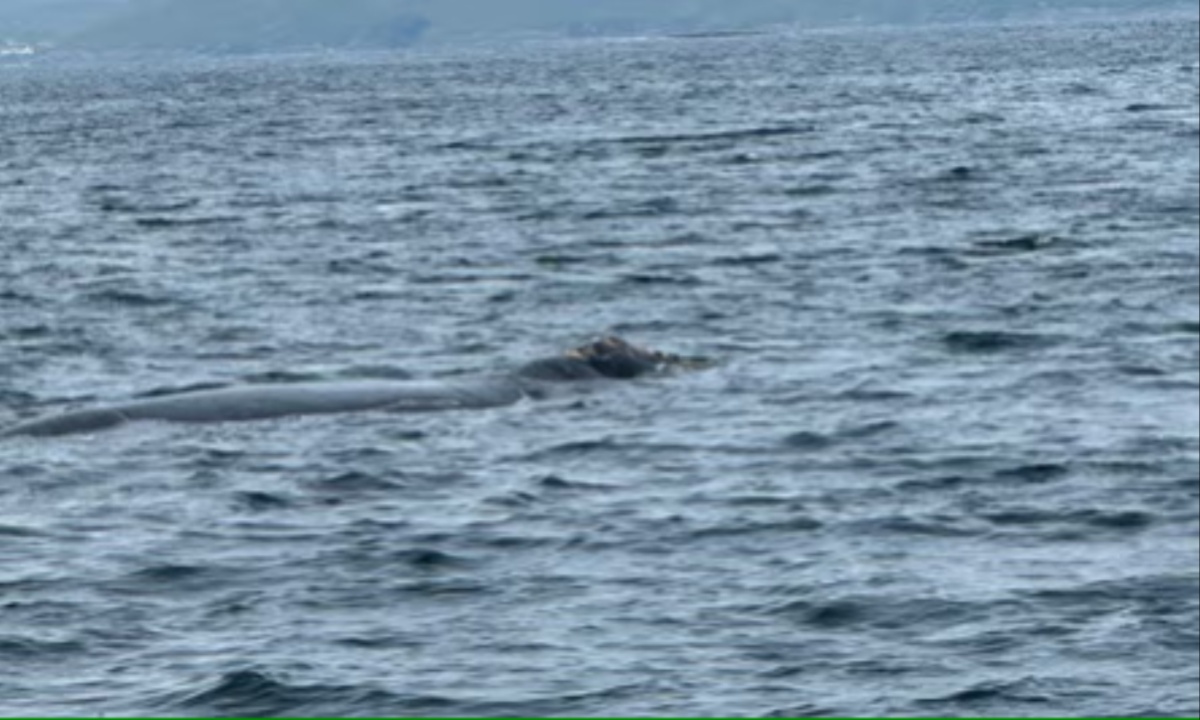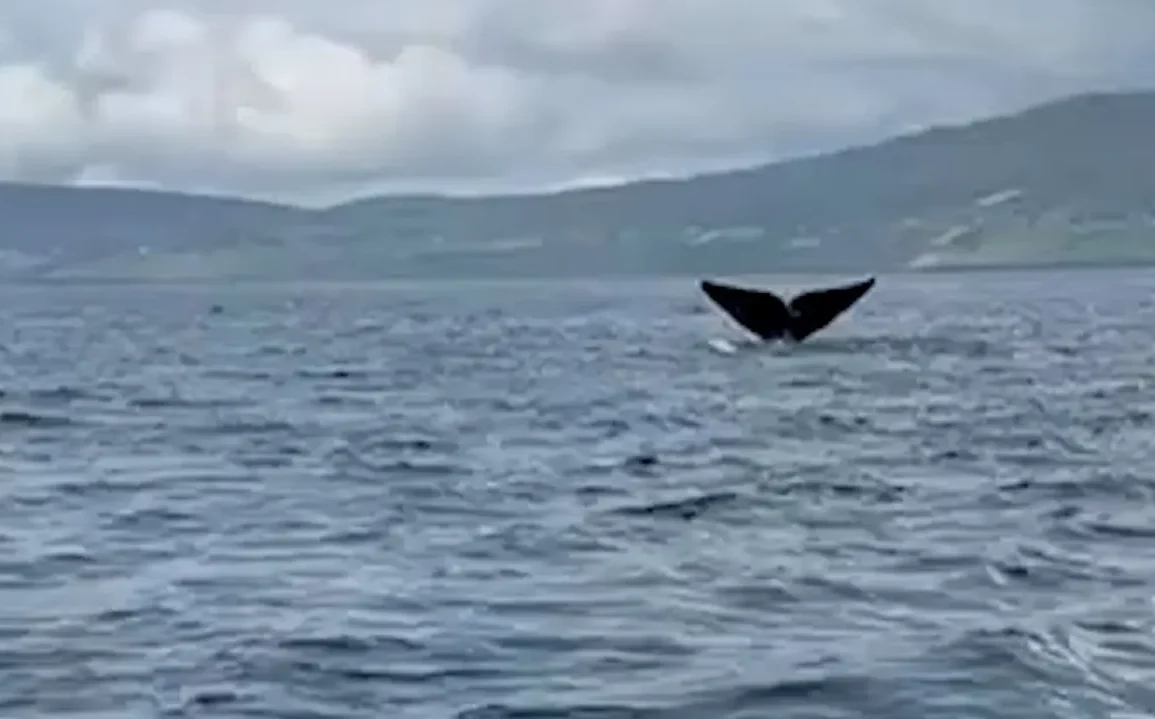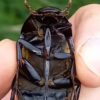A rare North Atlantic right whale has been sighted off the County Donegal coast, according to the Irish Whale and Dolphin Group (IWDG). The whale was spotted near Sliabh Liag on a Monday, marking an extraordinary event given the species’ critical endangered status. With fewer than 350 individuals believed to remain as of 2023, North Atlantic right whales are on the brink of extinction, with predictions suggesting they could vanish within the next two decades.
This sighting is especially notable because North Atlantic right whales have been largely absent from the eastern Atlantic for many decades. The IWDG notes that the last confirmed sighting of this species in Ireland dates back to 1910, making this recent observation an exceptionally rare occurrence. The whale was also spotted near Killybegs in County Donegal, further highlighting its unusual presence in the region.

To ensure the accuracy of the sighting, the IWDG consulted widely, including verification by the New England Aquarium in the United States, which maintains the North Atlantic Right Whale Photo ID catalog. This external validation underscores the significance of the sighting and helps confirm the whale’s identity.
Historically, North Atlantic right whales have been heavily exploited. They were hunted by Basque whalers in the medieval era, and their blubber was crucial during the Industrial Revolution for lubricating machinery. By the early 1890s, commercial whaling had pushed them to near extinction, and they have been listed as endangered since 1970. Today, their habitat is intersected by heavily industrialized regions and busy shipping lanes, contributing to ongoing threats from boat strikes and fishing gear.
In light of this rare sighting, the IWDG has urged the public to observe the whale from a distance and avoid disturbing it. The group emphasizes the importance of giving the whale space to continue feeding in Donegal Bay without interference from boats or onlookers. They remind the public that the whale is protected under Irish law and that this sighting represents a critical opportunity to support a species that is on the brink of extinction.

